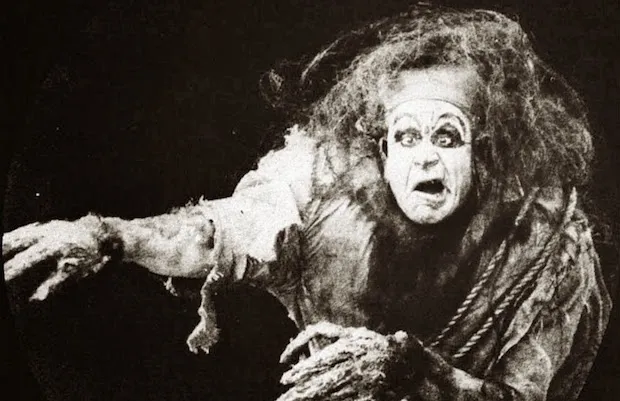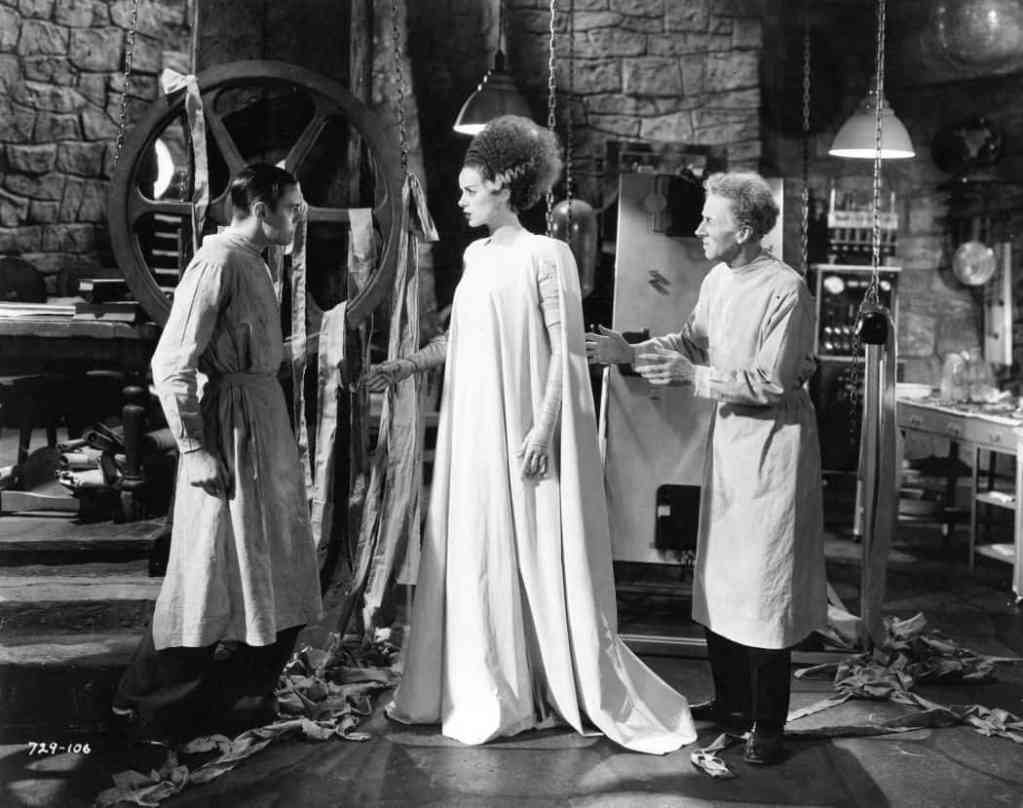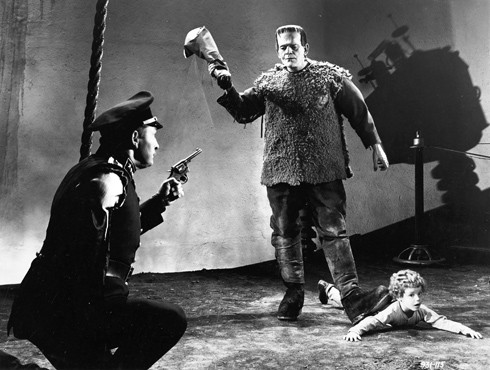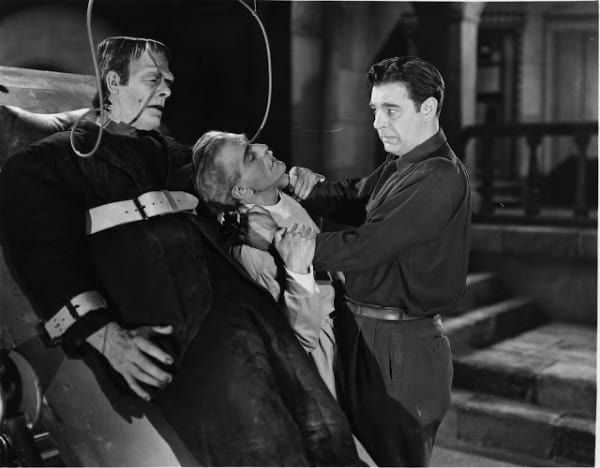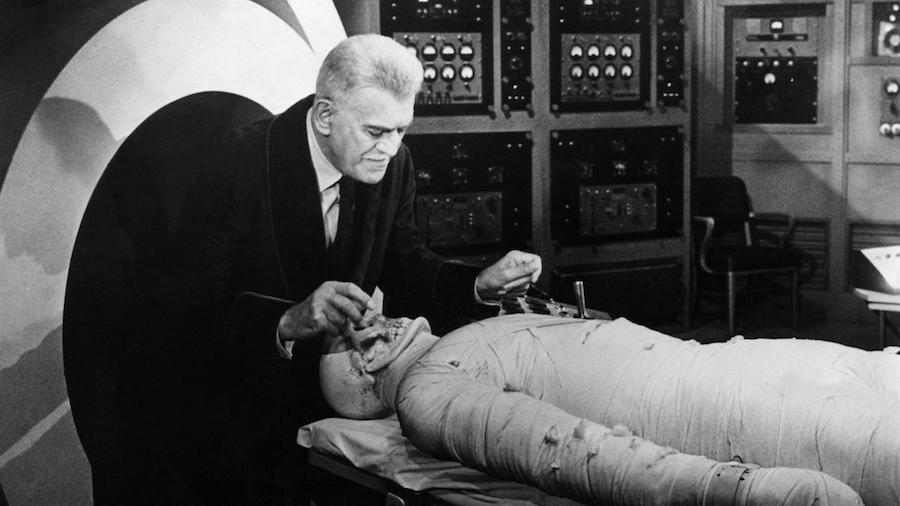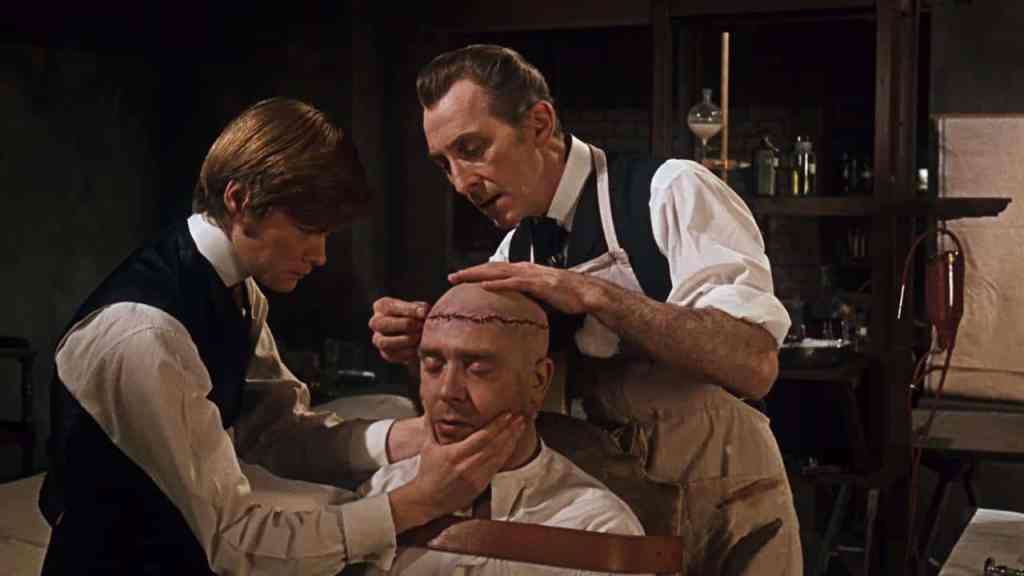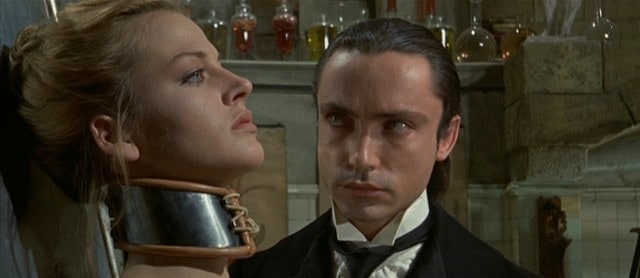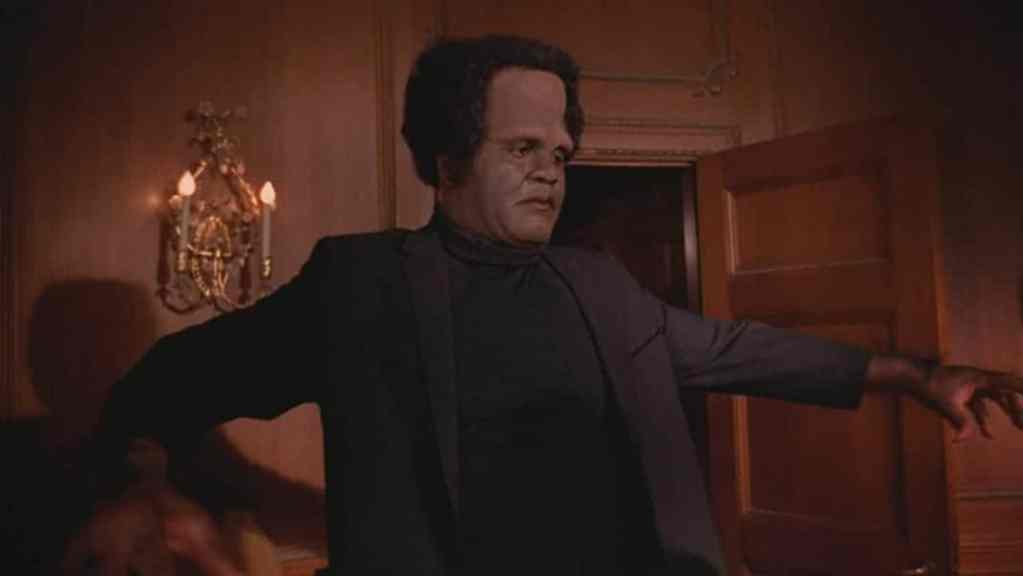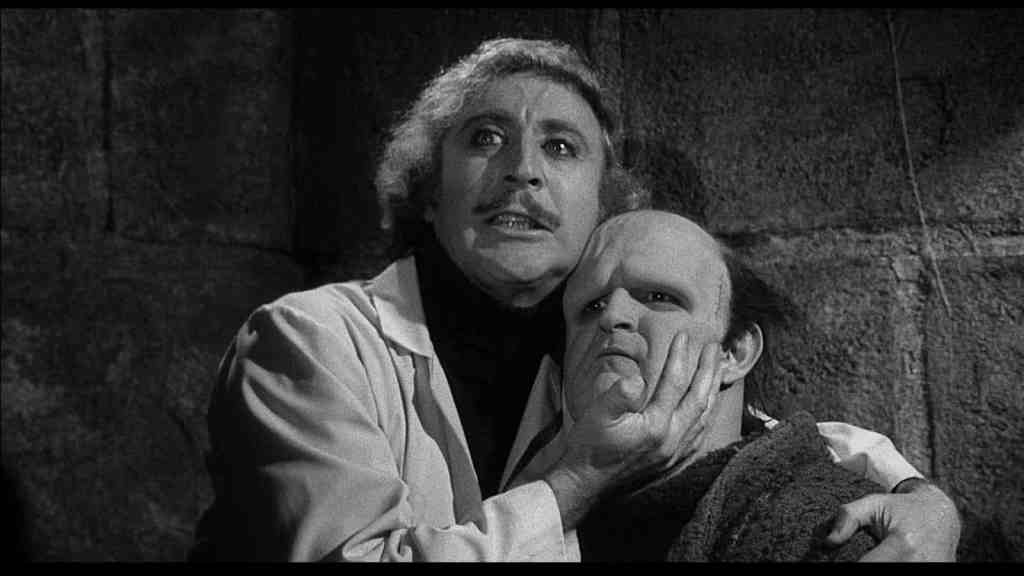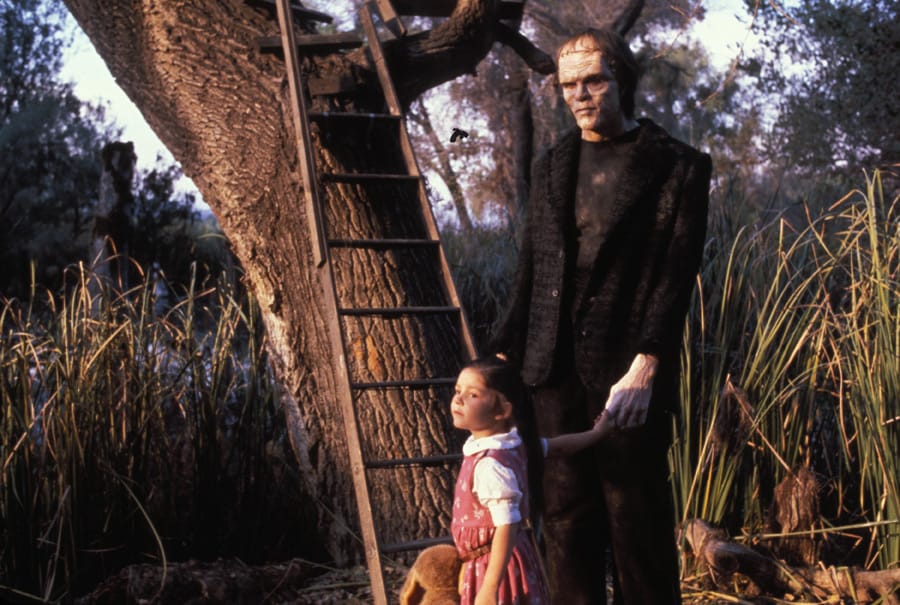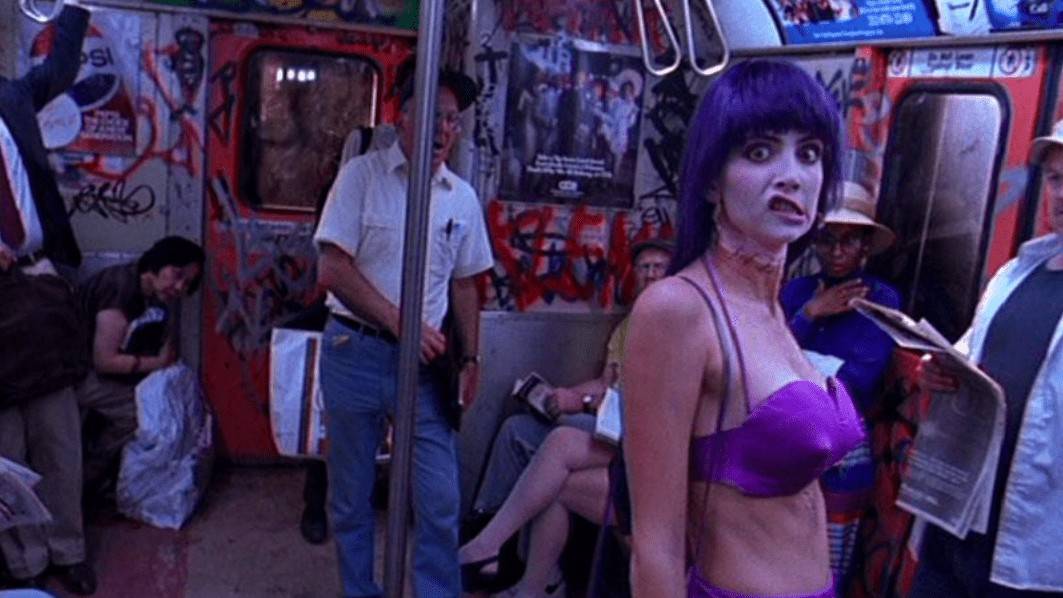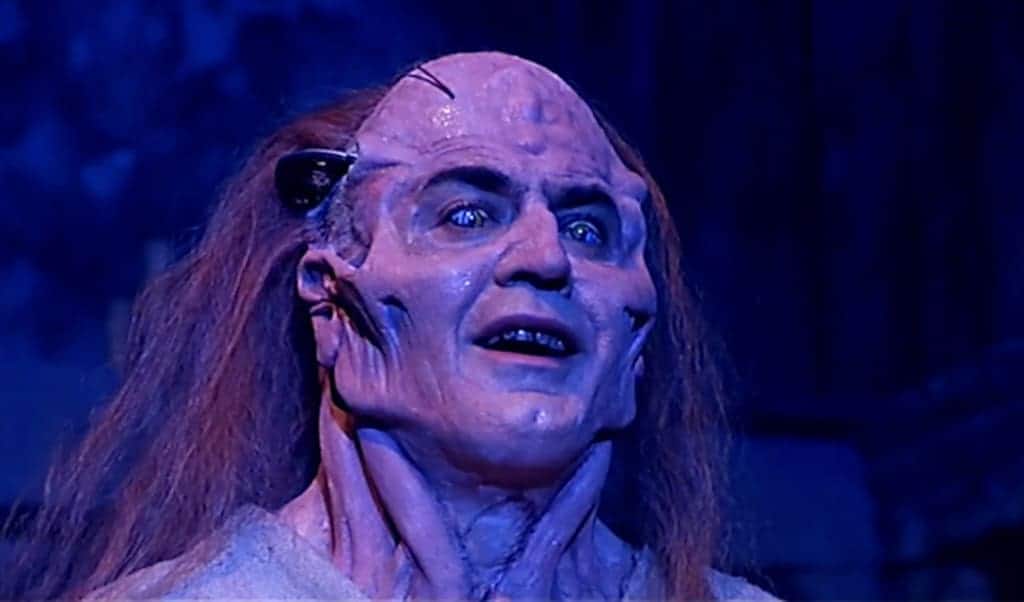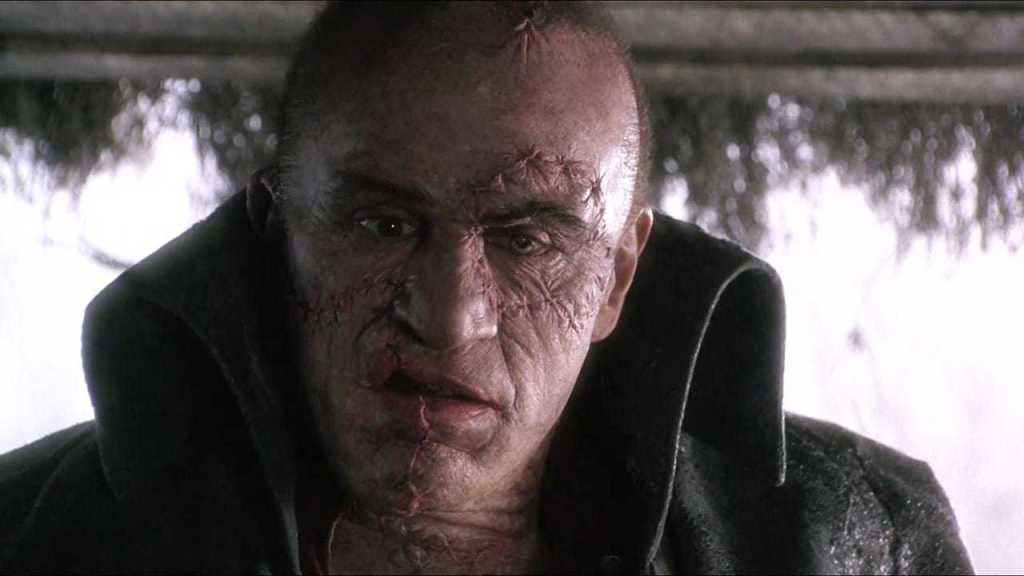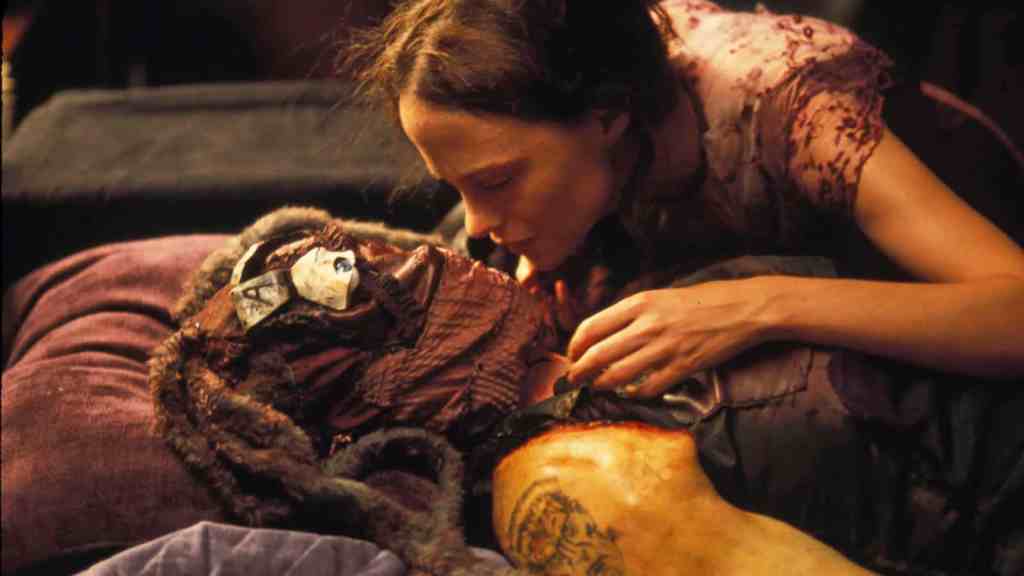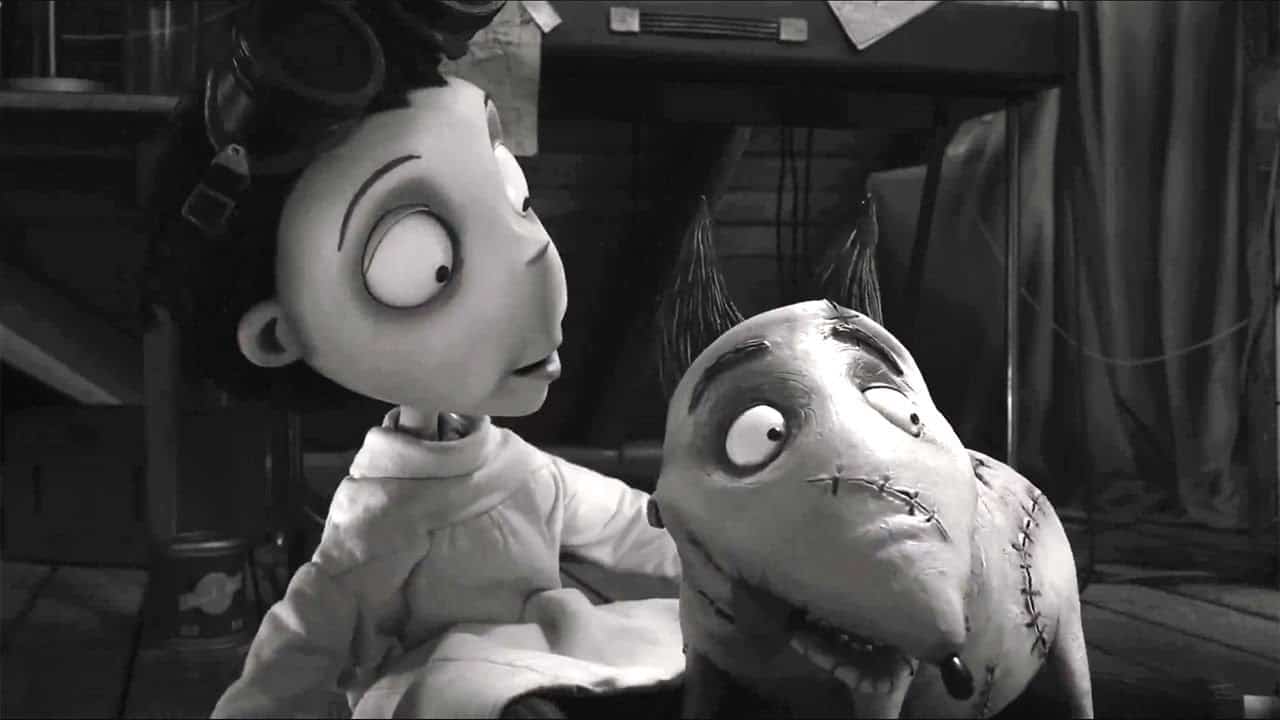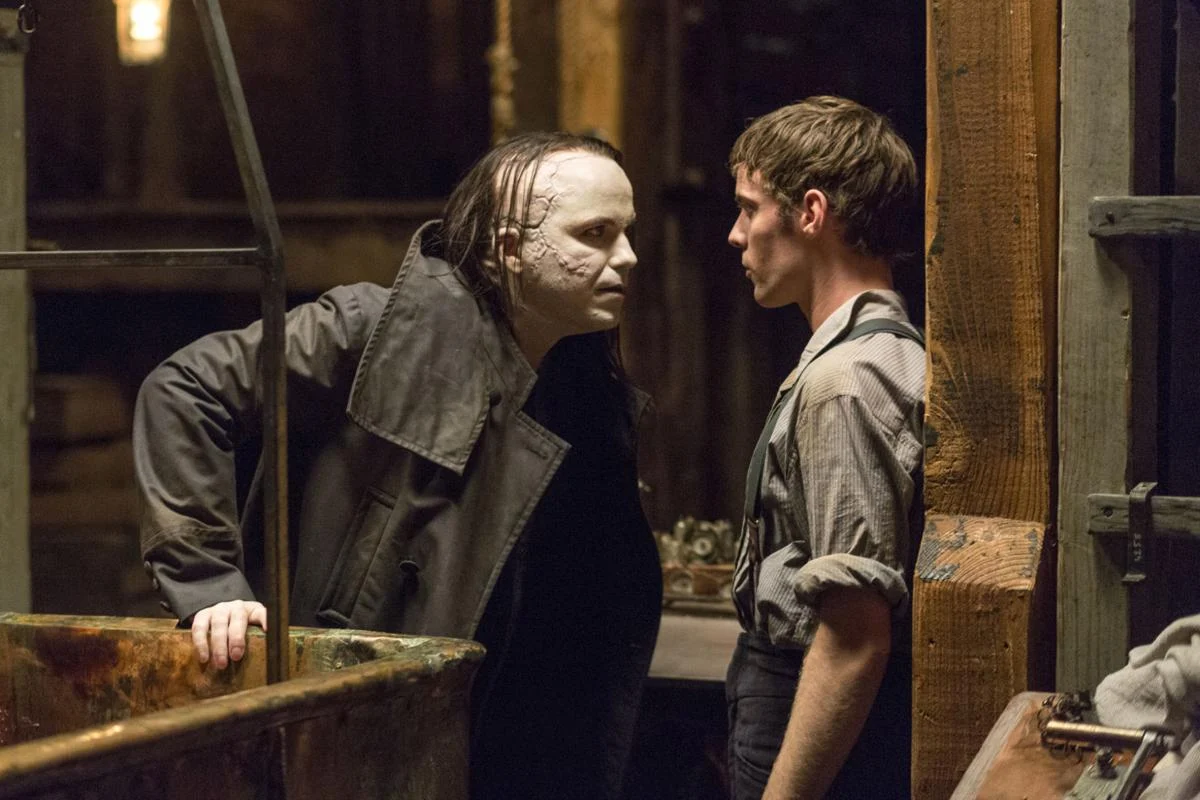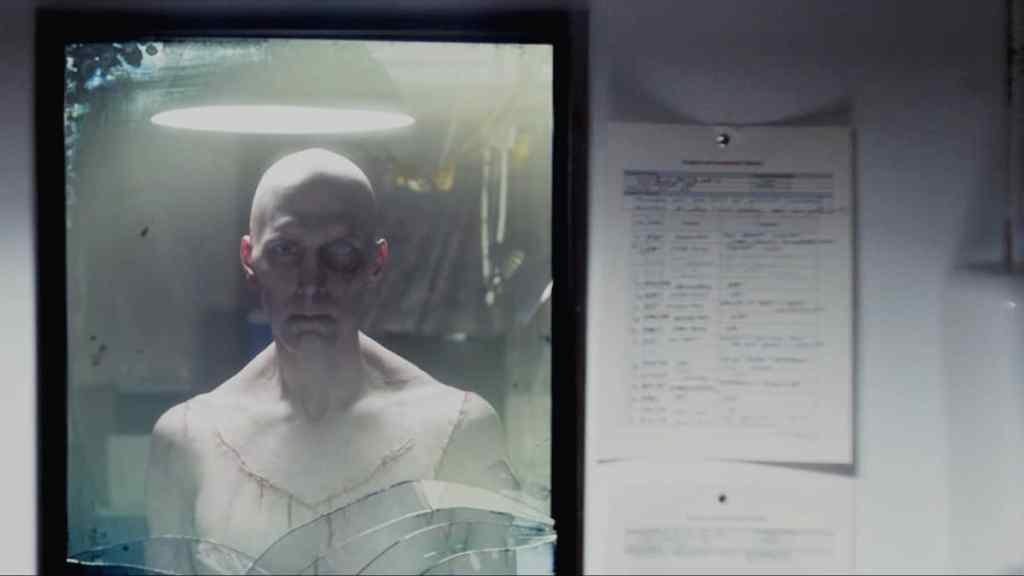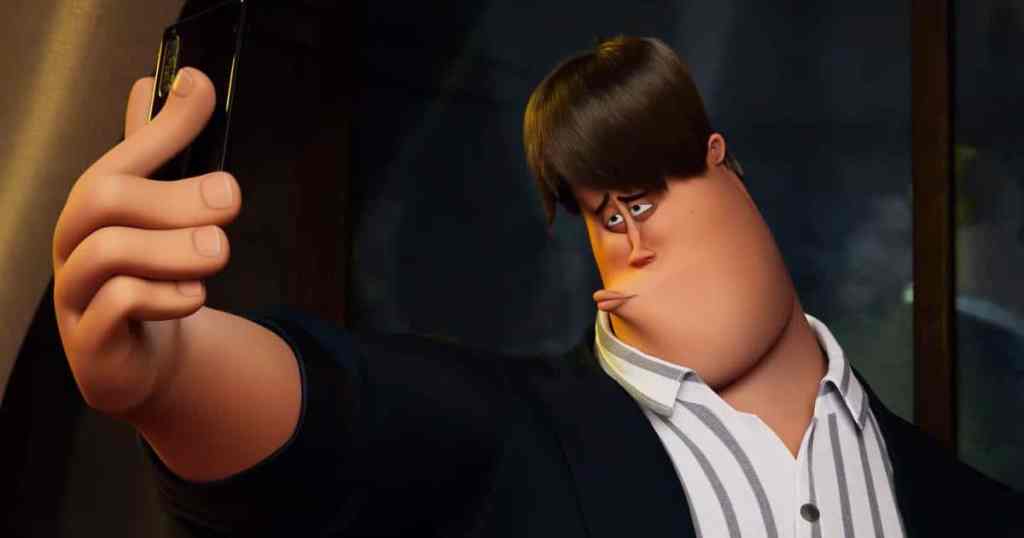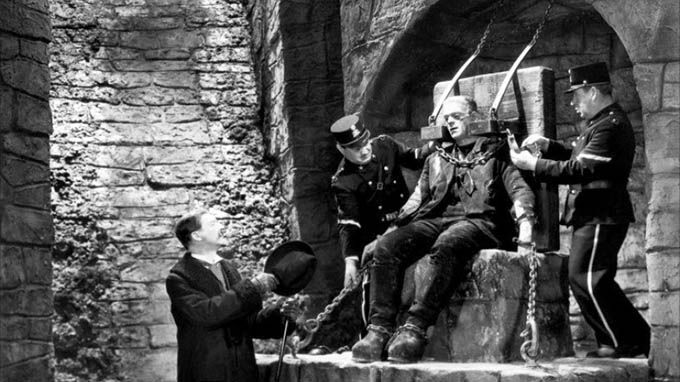It’s Alive. It’s ALIVE! IT’s ALIIIIIVE!
Henry Frankenstein (Colin Clive) in Frankenstein (1931)
At long last, The Scariest Things goes to the bedrock of horror movies. Frankenstein. So important, and yet, much like the Monster himself, much-maligned. Though new versions of the Mad Scientist messing with life and death have been produced, the central idea has been passed by other, more immediately terrifying themes. How does the story of Frankenstein stay relevant? Listen to the Scariest Things Episode 146 and find out!
Frankenstein is the most singularly important movie in the genre. True, it is not scary by today’s standards, but without the James Whale Universal film, who knows when horror was going to emerge? Without the success of Frankenstein, the rest of the Universal classics may have languished. True, at some point, Universal most likely would have found a hit with one of its other classics, but Frankenstein proved that horror could attract a large audience and that the masses longed to get scared. It is a timeless story, with an iconic monster and resonant themes.
Frankenstein’s monster may be the most familiar figure in the history of the genre. Not only is “Frankie” perhaps the longest history of any monster, but he is perhaps the one who as a child you are exposed to first. As such, the pathetic (as in pathos) creature is one that has been almost neutered by popular culture. Mary Shelley’s Victorian tale is perhaps the ultimate cautionary tale of man’s hubris. You don’t mess with the natural order of things. The science of the 1800s was advancing so quickly that society was having trouble keeping up with it. Everything now had an explanation. The rotation of the Earth. The source of disease. The power of electricity. The development of photography. Automated engines. One of the last realms that has still been left on the table, all these years later, is literally life and death, and the dominion of its control.
It is an evergreen topic, something still beyond the comprehension of rational science. The idea of life after death is still the province of holy men, and despite medical advances, the spark of life is beyond the ability of humans to manipulate. Even so, this trope has lost a bit of its punching power. Even though the story has been repositioned seemingly every twenty years, and the universal recognition of the tale, the story of Frankenstein does not carry the mantle of terror-inducing fear any longer.
Vampires, werewolves, and mummies have all received modern reiterations that are sexier and bloodier as time has passed. The idea behind Frankenstein has been largely surpassed by zombies, as animated corpses go. But really, though they share some similarities, there are some sizeable differences that clearly define what a Frankenstein monster is.
- It is an individual monster. Or it is at least handcrafted one at a time.
- Frankenstein’s monster is a science experiment. He is not summoned and is not an accident. The Monster was an intentional creation.
- This is a sad creature. It’s pathetic, as in it creates pathos. You feel bad for the Monster. Perhaps if the creator took enough care to just use a singular body, it would not be so unfortunate, but being an assembled thing given the spark of life and a hint of intelligence, it is inevitable that it would be a self-loathing being.
- The character Victor (or Henry) Frankenstein is as important a character as the monster itself. Or, at least a mad scientist, equally driven to play God by cheating the rules of life and death.
- Frankenstein’s Monster is NOT a cannibal. That would be a zombie.
- This Monster was not summoned, nor is he/she the result of a curse, or brought back by black magic. That is the realm of the mummies.
- The intelligence of an animated corpse is limited, but the monster is not mindless.
- The Monster is pathetic, in that it engenders pathos. These are sad creatures. It is not their fault that they have been brought back.
- The ability to animate the dead uses the most cutting-edge technology available at the time. Usually, this is electricity, but occasionally it’s chemistry.
- Because of the literary source materials, this is often a 19th Century or early 20th Century period piece movie, but modern adaptations have been done.
- There is a very ad-hoc nature to the creation of the Monster. The idea of “Frankensteining” creation is to assemble something out of dissimilar parts to create a functional whole, even if it is a bit of an awkward being (or contraption.)
- The nature of this creation, as remarkable as an achievement as it is, has to be done in secrecy. No society would put up with these unnatural experiments publically no matter how groundbreaking the success of these experiments would be.
- If you want to dig deep into a Frankenstein theme, Doctor Polidori will also be included as a character.
- A sub-trope within a Frankenstein-themed movie is the corpse on the table, and the mad scientist leaning over the body, checking for signs of life.
And within these guidelines, there have been several very interesting movies made. Some bear the name “Frankenstein” in their title, but others utilize the idea and run with it as a bit of a stealth Frankenstein fixture. The Scariest Things dove deep to uncover some favorites within this sub-genre.
Podcast: Play in new window | Download | Embed
